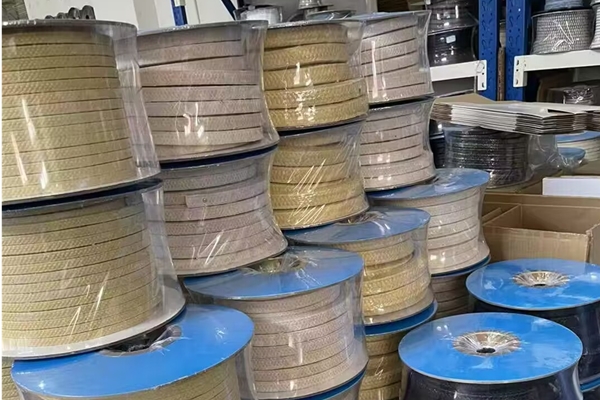1. What is expanded PTFE?
100% pure polytetrafluoroethylene is used to make expanded polytetrafluoroethylene. Expanded polytetrafluoroethylene is a sealant. Has good creep resistance and cold flow properties. Hydraulic system, pneumatic system and pipeline use it to seal. Expanded polytetrafluoroethylene has the characteristics of microporous and breathable. It is a non-toxic chemical resistant material. The maximum temperature at which it can work is 260°C. The radial expansion and UV resistance of expanded polytetrafluoroethylene are very good.
2. What is filled PTFE?
Polytetrafluoroethylene is a widely used material, but it must be modified to improve its performance to meet the needs of different industries. It can be mixed with other materials to reduce its shortcomings and make it more productive in specific and very aggressive areas. They enhance the power of PTFE. Generally, glass fiber, zinc oxide, carbon, bronze, copper, graphite, molybdenum disulfide, etc. are used as fillers for PTFE. Different fillers have different properties and are suitable for specific applications. In this regard, fillers should be selected according to engineering needs.
3. Benefits of structured expanded polytetrafluoroethylene with filler
When silica, glass microspheres and barium sulfate are used as fillers for structured polytetrafluoroethylene (ePTFE), the fiber level eliminates creep relaxation and cold flow issues. It can work normally at a temperature of 260°C and does not react chemically to all substances.
The filler adds its properties to the existing structural ePTFE properties, such as increased wear resistance. EPTFE’s dimensional stability is improved by ceramic fillers.
- Expanded PTFE is a sealant made of 100% pure PTFE.
- The increase in the level of structurally expanded PTFE fibers handles the problems of cold flow and creep relaxation.
- Different fillers can be used to increase abrasion resistance, abrasion resistance, dimensional stability, pore size, filter membrane, etc.




